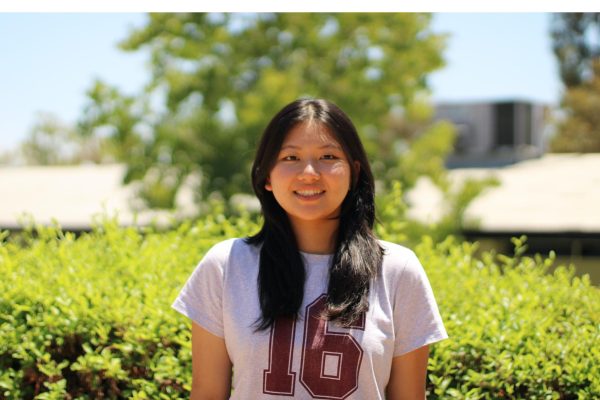For those who are drawn to winter holiday lore, they should be familiar with this one: Santa Claus and his elves.
Santa’s known for having his pointy–eared helpers construct kids’ presents in his North Pole toy workshop throughout the year until the days get closer to Dec. 25. That’s when the guy in the red outfit goes down chimneys all over the world to deliver the goods to the kids who’ve been nice throughout the year.
And so in the fall of 2024, Sunny Hills for the first time had its own “holiday” workshop.
The gray-bearded Regional Occupation Program engineering teacher, Martin Rodriguez, played the role of Santa, while he recruited his team of Engineering 3 students in Room 301 to become his helpers.
And instead of toys, the students in Rodriguez’s zero and third period classes assembled wooden storage crates. The items were then gifted Nov. 22 — the Friday before the start of Thanksgiving break — to a select number of teachers to place in their classrooms on those rainy days when students enter with soaked umbrellas. Or, they could also be used as extra storage space.
“It’s an understanding of how things are put together, and as engineering students, the one thing that they’re constantly learning is how things are built and how things are engineered,” said the teacher in explaining how woodworking and engineering are connected. “So, by using tools to assemble or disassemble their projects, they’re not only learning the intricacies of the project itself, but they’re learning the process of putting something together and taking it apart, which is integral in the world of engineering.”
RODRIGUEZ’S OWN $4,000 “FIELD” OF DREAMS
Hired in the 2023-2024 school year, the second-year EPIC coordinator had envisioned turning Room 301 — located next to the cafeteria — into a wood-working space even before the first day of school in 2023.
Rodriguez said school officials had shown him what was referred to as a “machine shop” that summer, and his vision to convert it for wood working took off from there.
“I was pleasantly surprised and excited for the opportunity to turn [the room] into something viable for the engineering program,” he said.
With just hammers and screwdrivers to begin with, the instructor said he was able to secure $4,000 of school funding to add the following equipment for his students to use this school year:
- Hammer
- Carpenter’s square
- Tape measure
- Speed square
- Wood glue
- Sandpaper sheets
- Bar clamp
- Spray paint
- Safety goggles
Though more items were added after the start of the fall 2024 semester, Room 301 no longer looked the same as before as the 30 student desks were replaced with two large wooden counters similar to what one might see at a local Home Depot.
“As a teacher, you always want your students to be given new opportunities and learn new skills,” Rodriguez said. “So anytime I can introduce my students to something that will help make them both college and career ready, I jump at the opportunity.”
He also prefers to call Room 301 a workshop than a woodshop.
“The workshop is primarily used for building, cutting material, gluing, painting and staining, disassembling different items, or deconstructing things that have already been built,” Rodriguez said. “So it’s really just an all-purpose workshop.”
“IF YOU BUILD IT, THEY WILL COME”
Because this is the first year of incorporating Room 301 into the EPIC program, the engineering instructor said he only opened up the workshop for students enrolled in the last course of the EPIC program — Engineering 3.
Rodriguez said he started off the school year by reviewing with his students how to use the power tools and introducing safety procedures during zero and third periods. Some examples of safety regulations included wearing safety goggles and close-toed shoes, tying hair back and wearing clothing that wasn’t loose.
Rodriguez said the students were supervised before he felt they were prepared to use the tools themselves. However, they still need permission and supervision to use the workshop to ensure their safety.
After that, the teacher introduced the Community Service Project, which started in the second week of school.
Students paired up to create the wooden crates.
“The idea behind it was originally so we had places [for students] to put umbrellas because we don’t have those here,” Rodriguez said. “So, we thought that this would be a great way to store umbrellas and give them to some teachers.”
Engineering 3 student then-senior Hannah Saab said they were given a pre-existing design to follow but had to find their own wooden materials either from their homes, local businesses or the school cafeteria before officially starting to work in the workshop for the first time.
“The most challenging part was preparing the wood to be used because this involved removing the screws out of wood pallets and finding the best pieces possible,” said Saab, who worked with then-senior Isabella Reyes.
Once completed in November, the two gifted their box to history teacher Matthew Acosta.
Rodriguez also notified the staff via email about what his students had accomplished.
“They came up with the idea to ‘recycle and reuse’ wood pallets and create pallet boxes to give to teachers around campus to use as ‘umbrella boxes,’ ‘planter boxes,’ ‘file boxes’ or ‘insert your own idea here box.’” the ROP teacher wrote. “And yes … we do have a working woodshop here at Sunny Hills. If anyone would like a tour, come see me in Room 402.
“Finally, the kids are choosing whom to deliver these to. So do not be disappointed if one does not find its way into your classroom. This is a project we will continue in the years to come until eventually every classroom has a pallet box in place.”
SPRING TRAINING AND BEYOND
For the spring semester, the Engineering 3 students worked on constructing wooden boxes to store compost, which fulfills the main assignment for the final year of the program, also known as a “Capstone Project.”
Rodriguez said it is a yearlong research, development, prototype and build project.
“I’m particularly excited for one group that is working on composting boxes, and they’re using a lot of the [workshop] tools,” he said. “They’re using jigsaws, the table saw, routers for routing edges and our palm sanders; I’m excited to see the finished product.”
This group consists of then-seniors Raeden Linel Bobadilla, Lucas Saab and Malekai Yun.
“We did have the intent to use the workshop because it is a space where we can get our work done, but [it] also allows us to have fun and enjoy the process,” Bobadilla said.
Although it is not big in size, Rodriguez said he considers Room 301 as a beneficial learning space for his students, and he plans on incorporating it into the Engineering 1 and 2 courses starting the next school year.

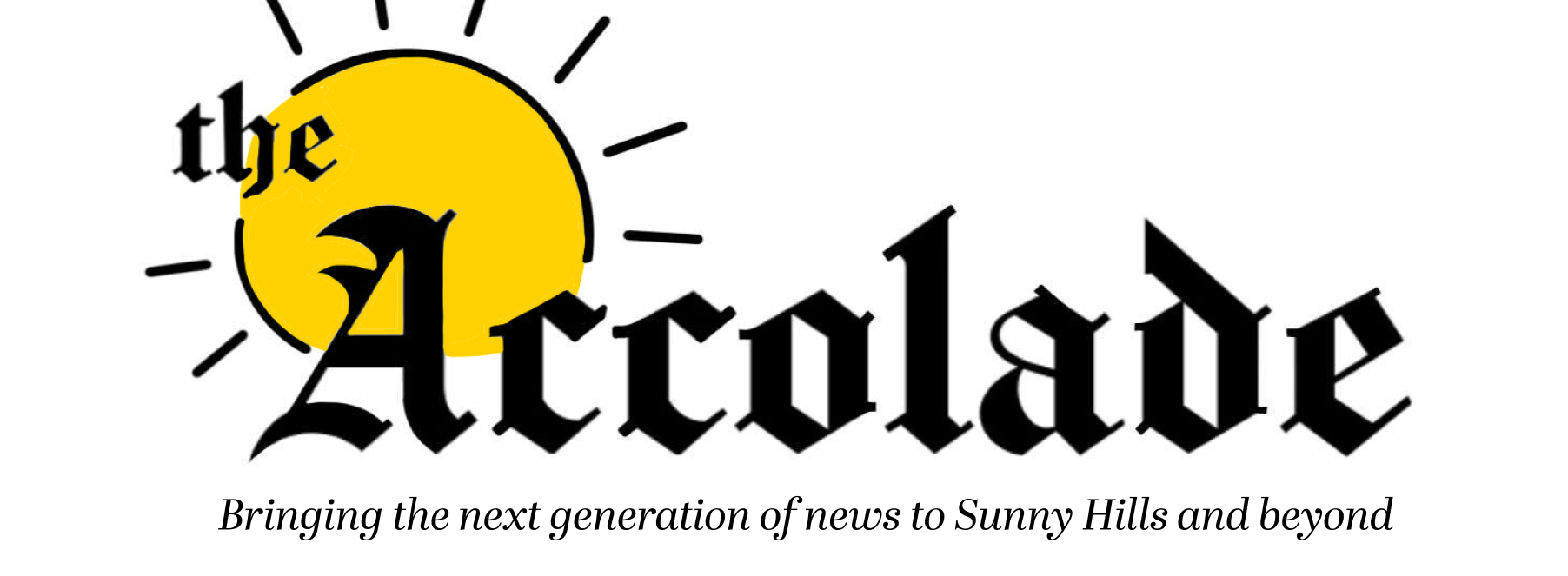

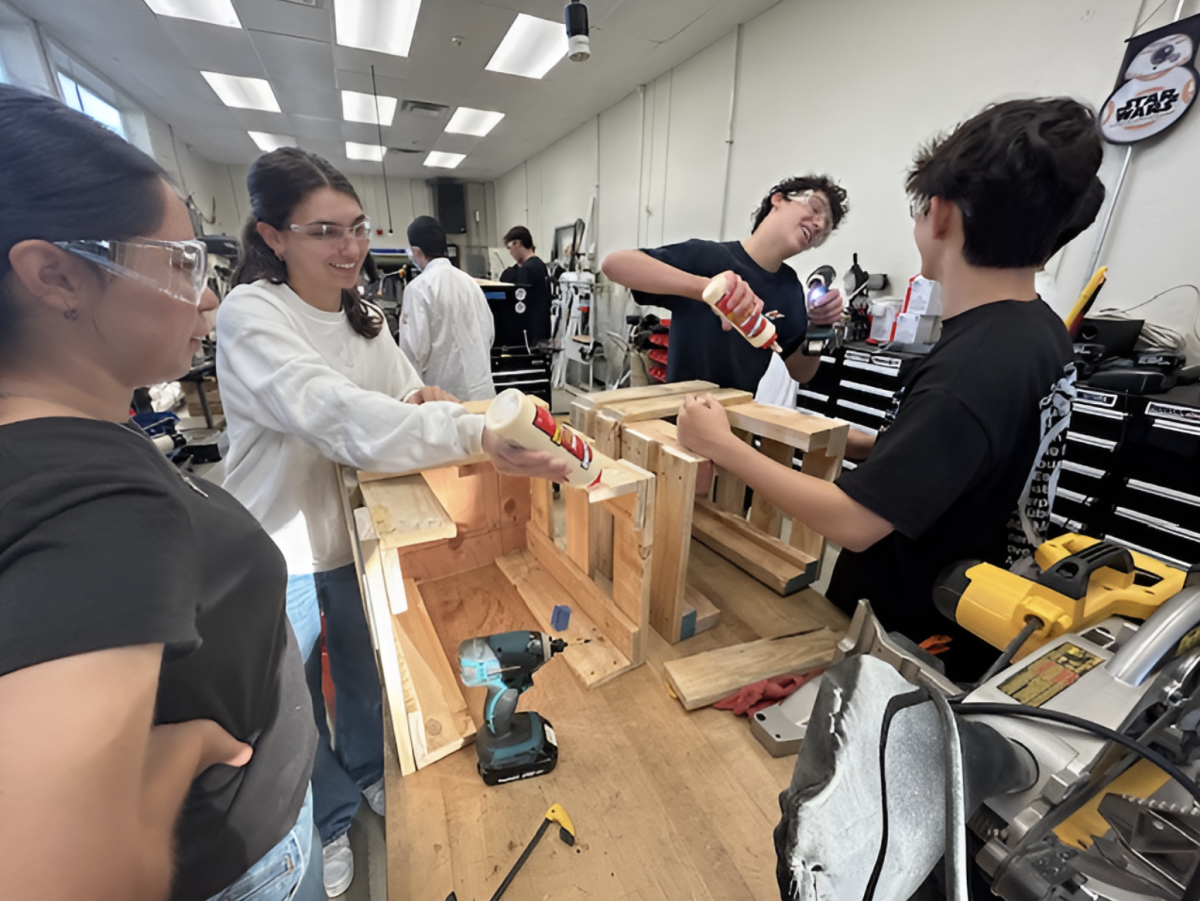
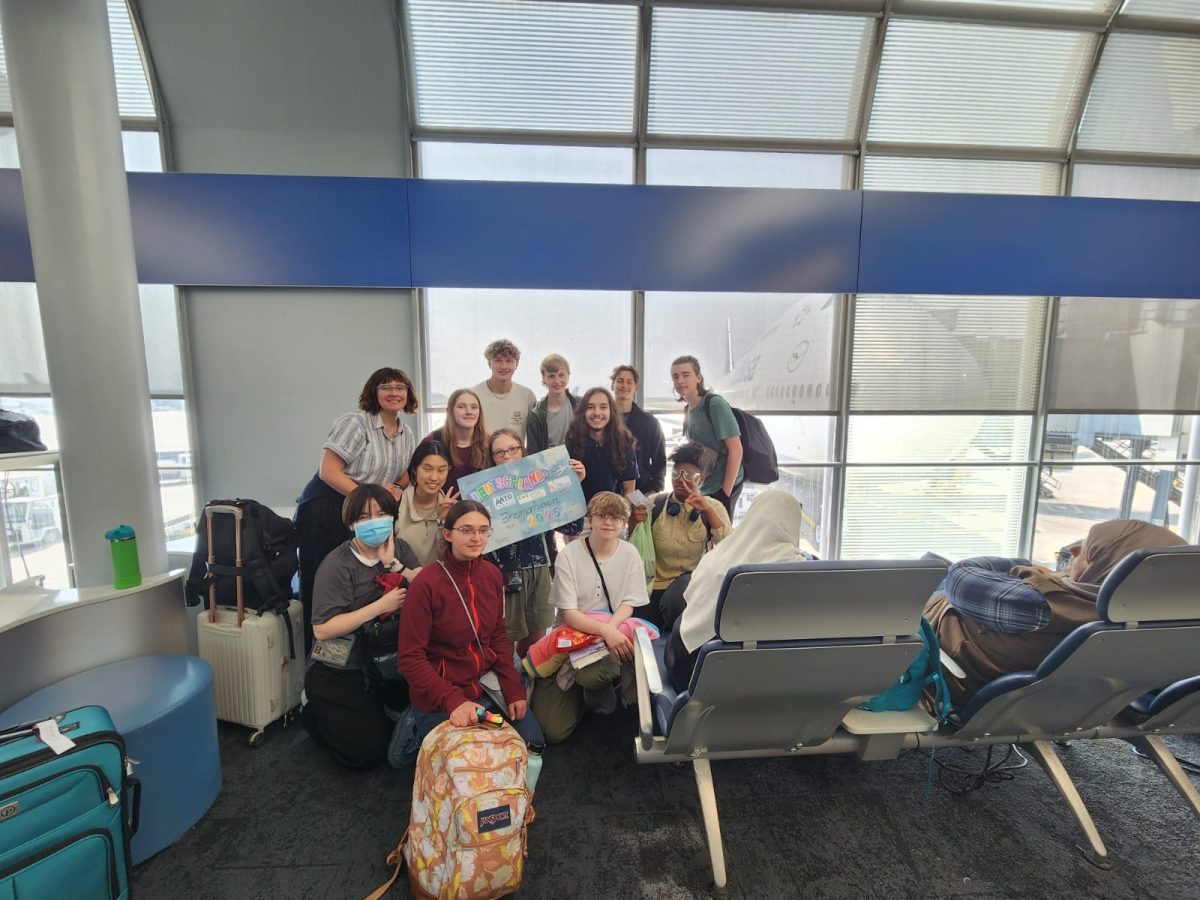
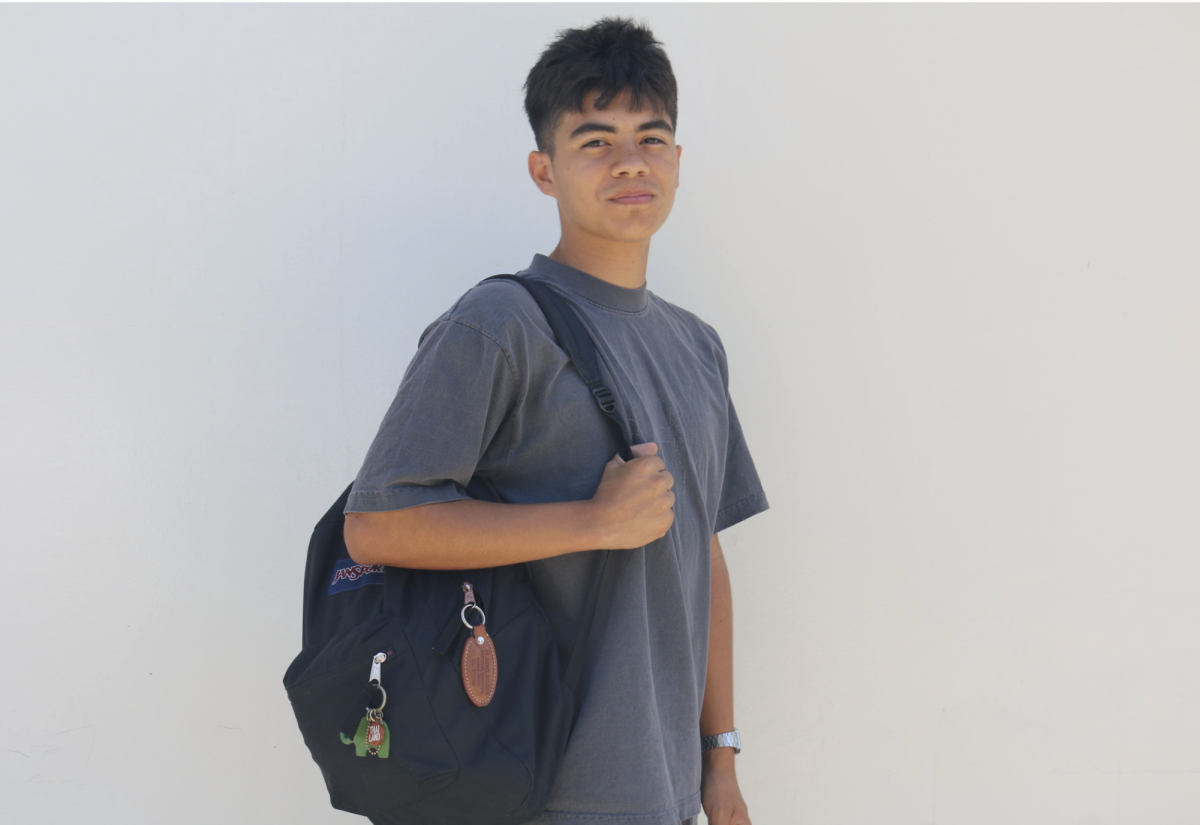
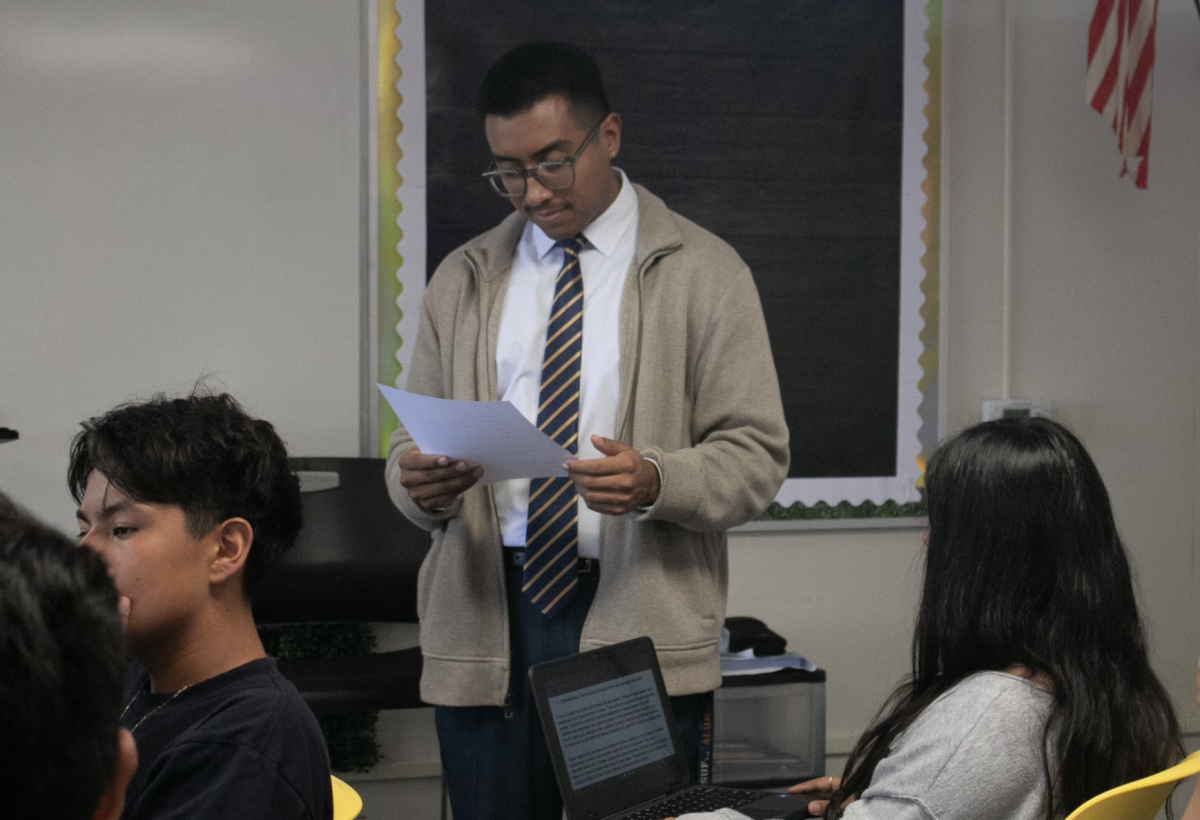
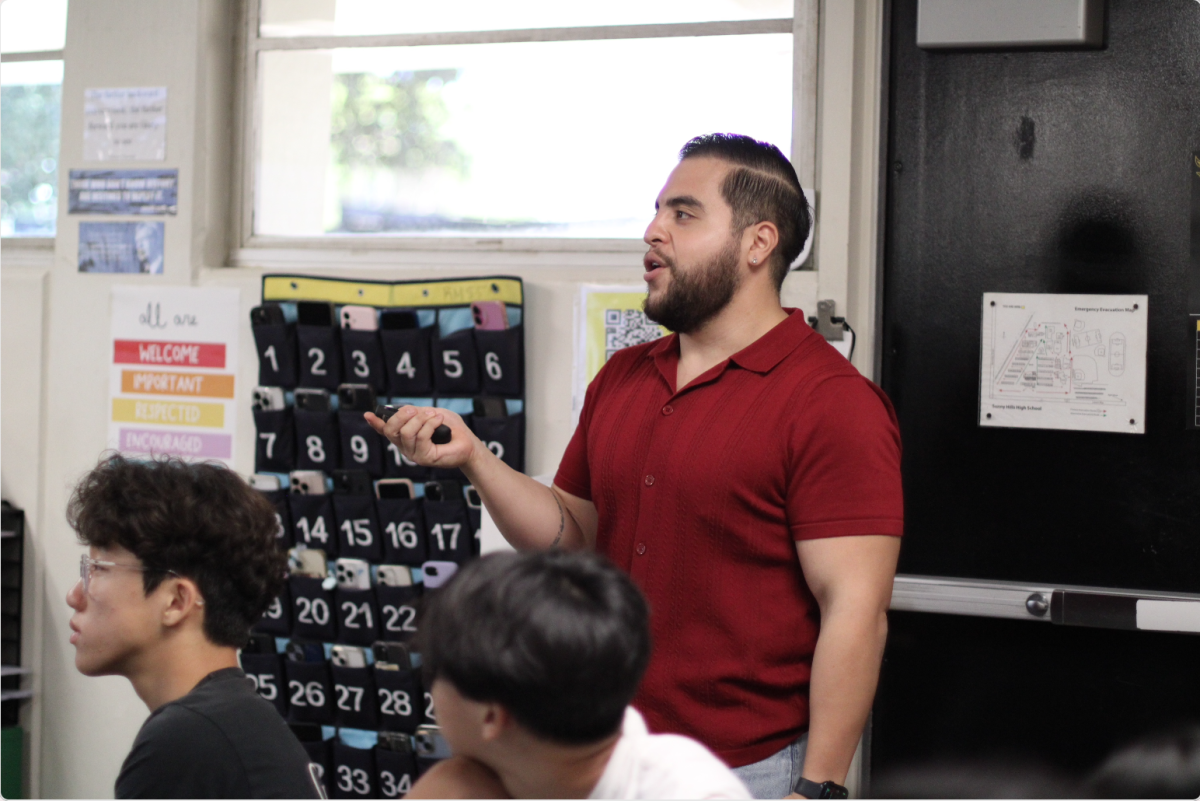
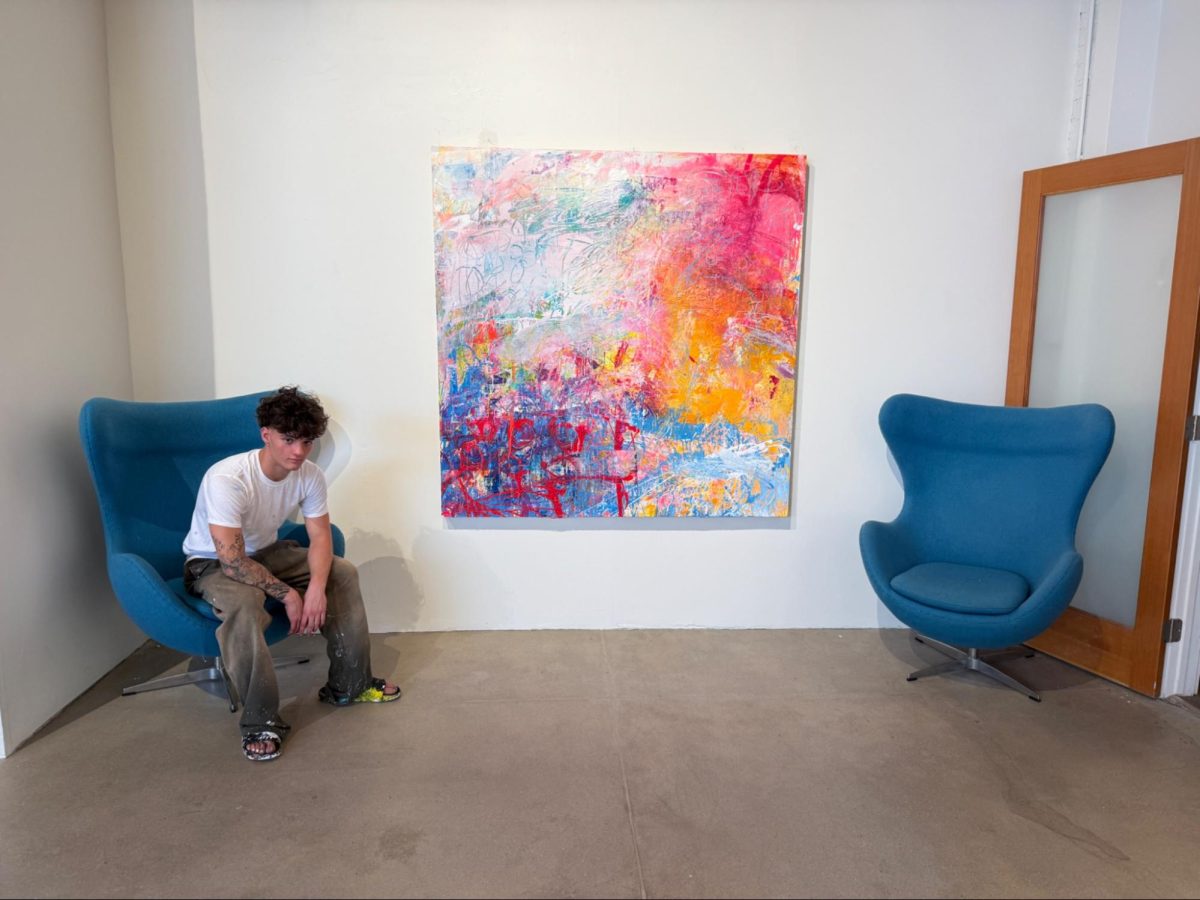
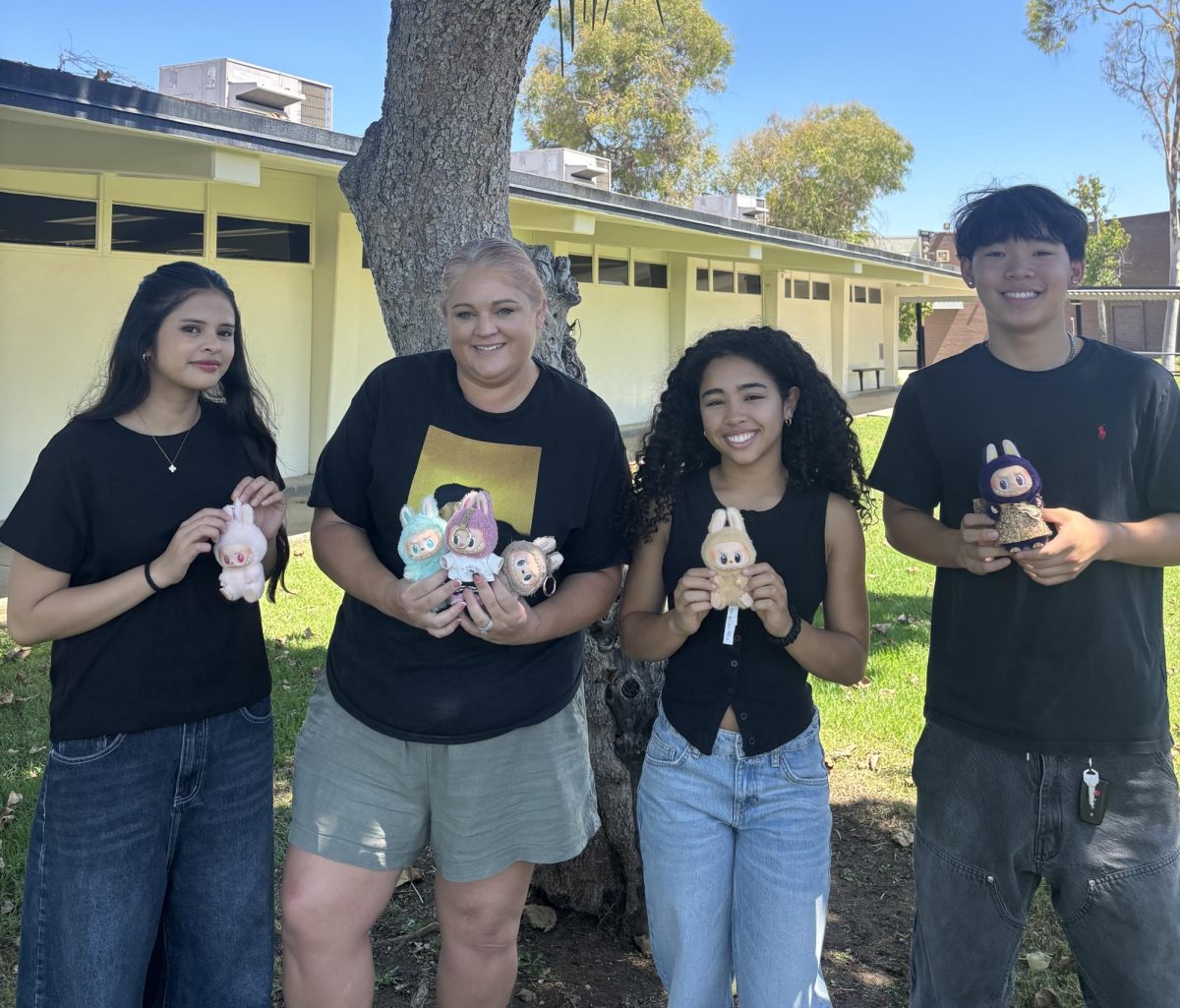
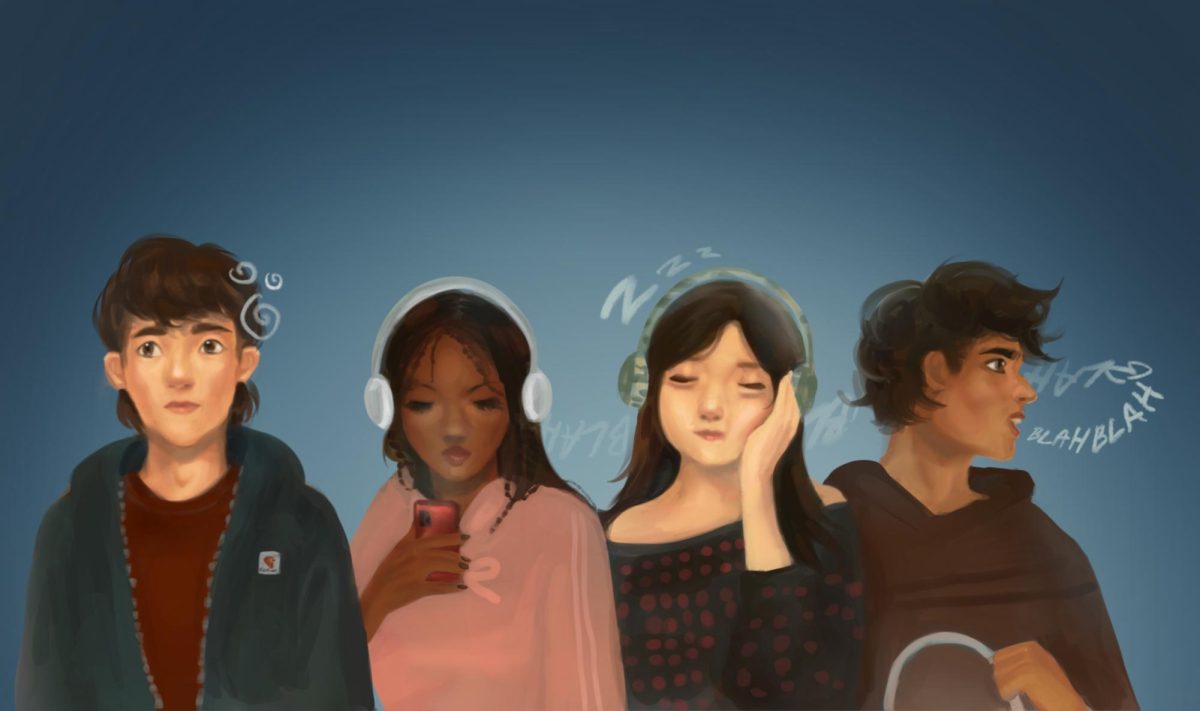
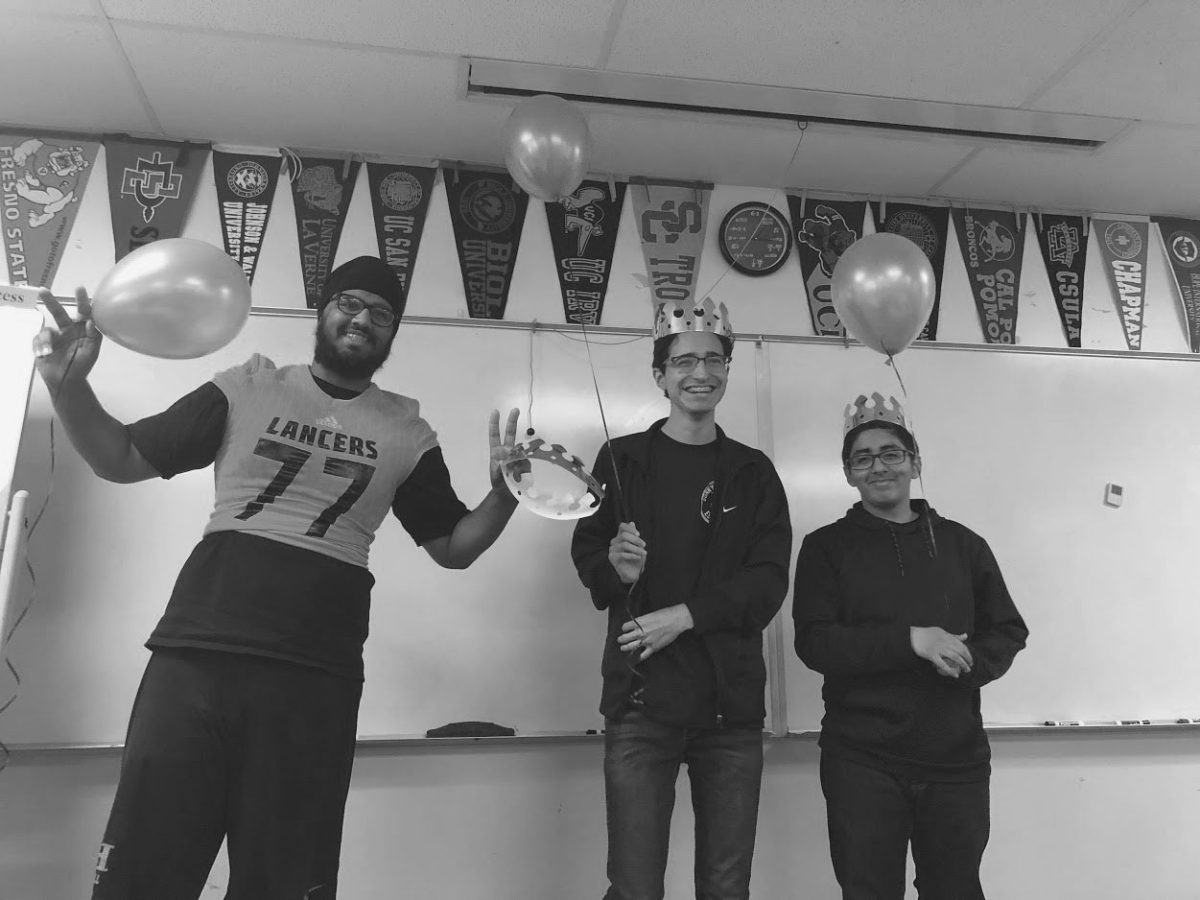


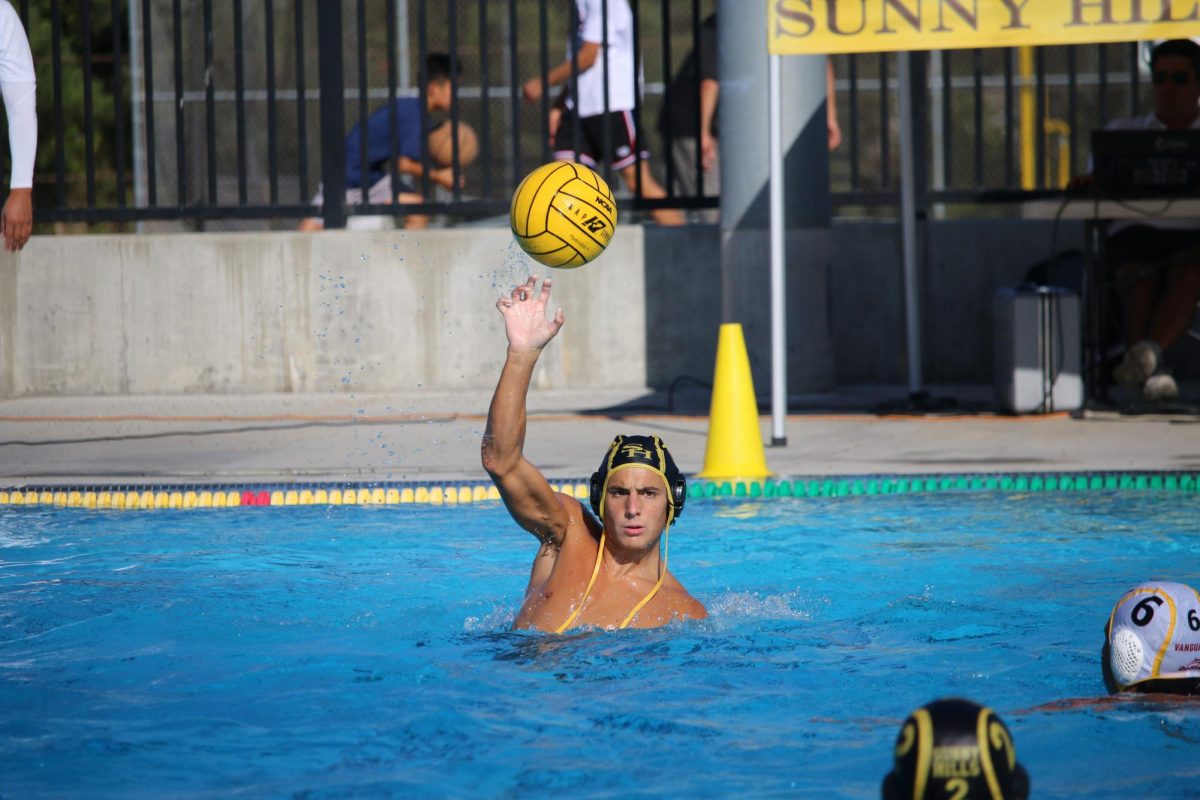



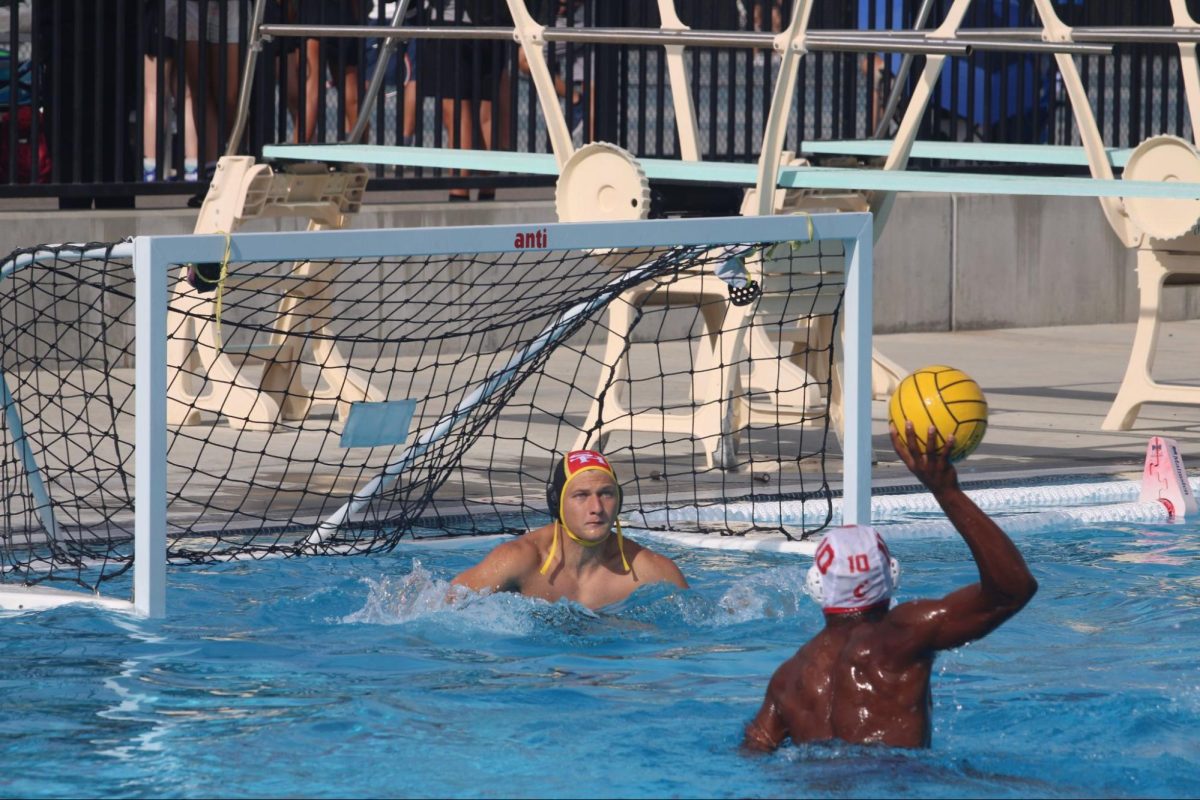
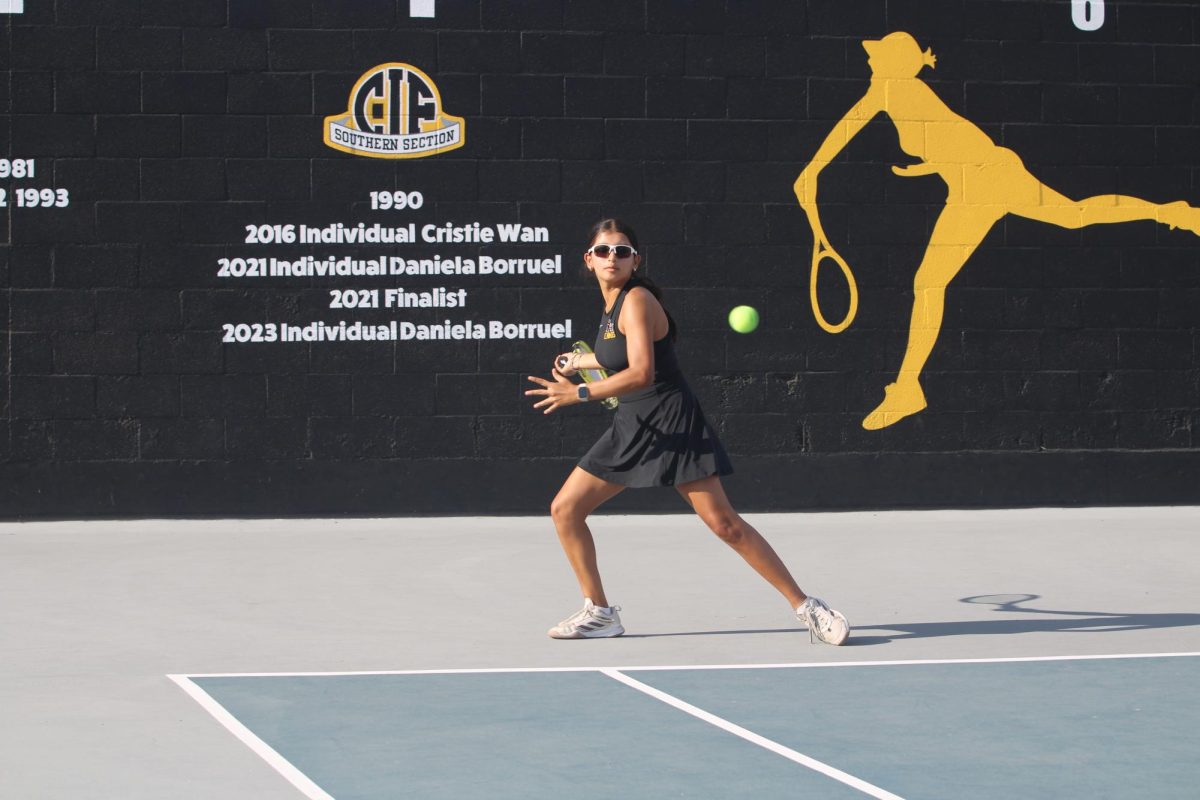

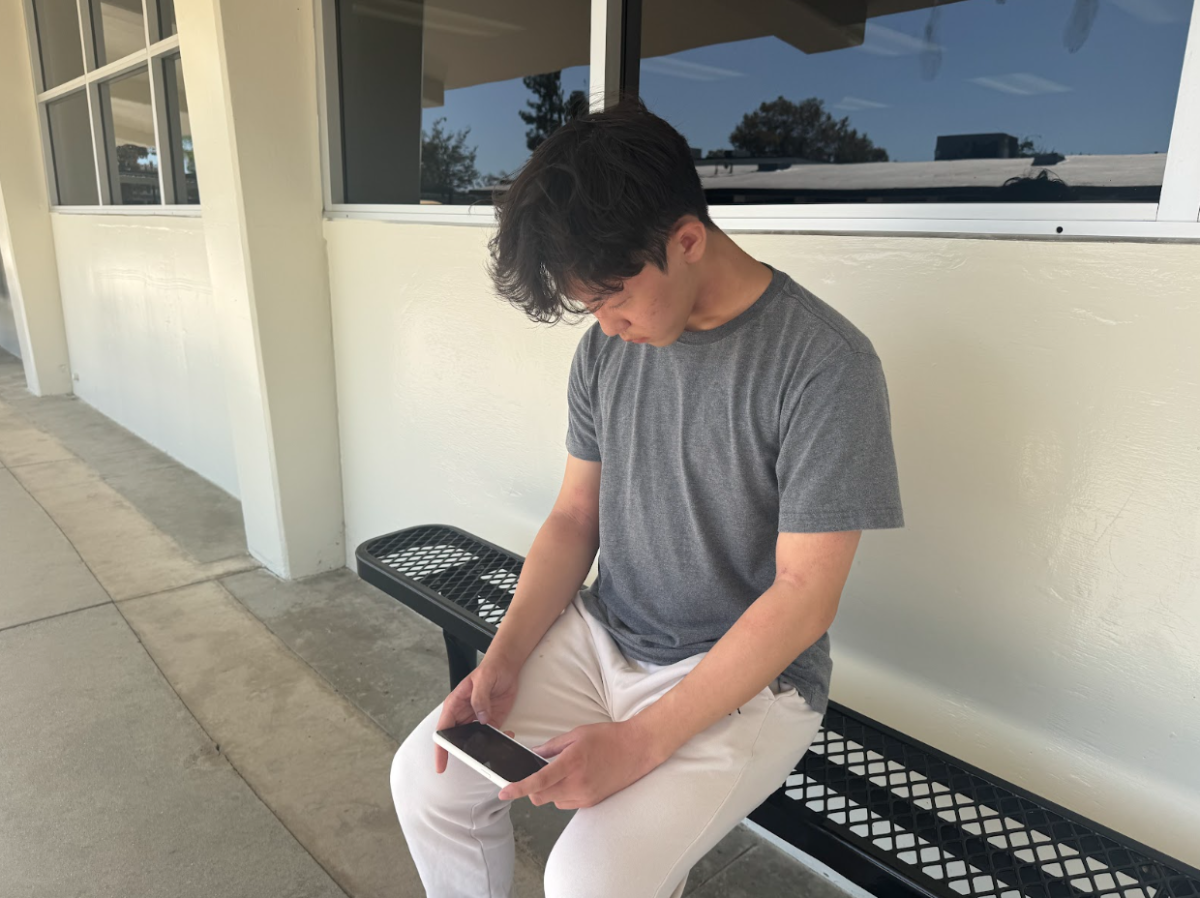

![Students and staff across the Fullerton Joint Union High School District [FJUHSD] received emails promoting a part time job offer with pay. The messages were set from compromised FJUHSD accounts.](https://shhsaccolade.com/wp-content/uploads/2025/09/image1-2-1200x527.png)
